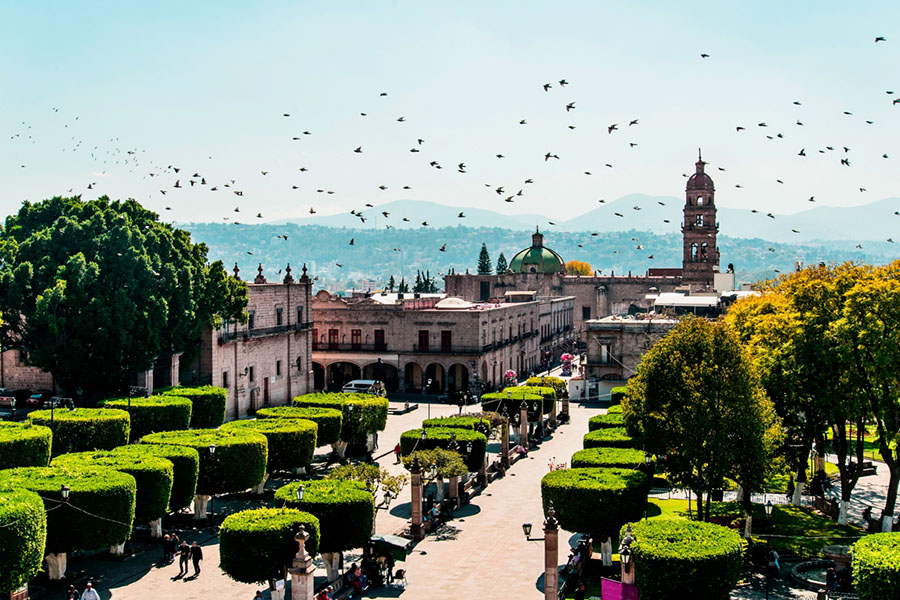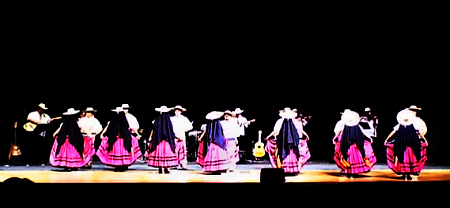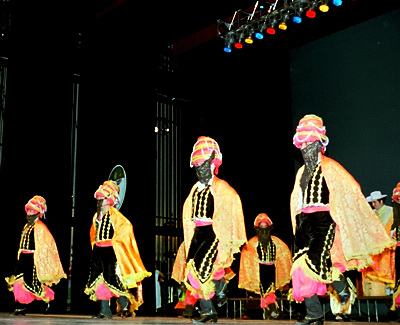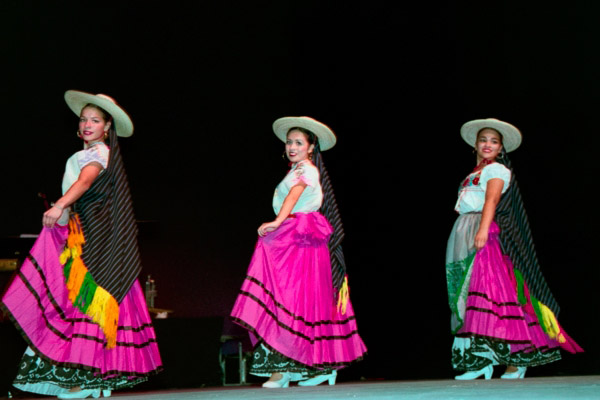Lindo Michoacán
The state of Michoacán is located on the Southwestern Pacific region. Its name is from the Nahuatl: "Place of Fishermen", referring to those who fish on Lake Pátzcuaro. In pre-Hispanic times, the area was the home of the Purhépecha Empire, which rivaled the Aztec Empire when the Spanish arrived.
The beautiful capital city of Morelia, (Originally named Valladolid under Spanish rule, but renamed to honor Independence hero José Mª Morelos, a native of the city), is a cultural hub with important tourist attractions.






